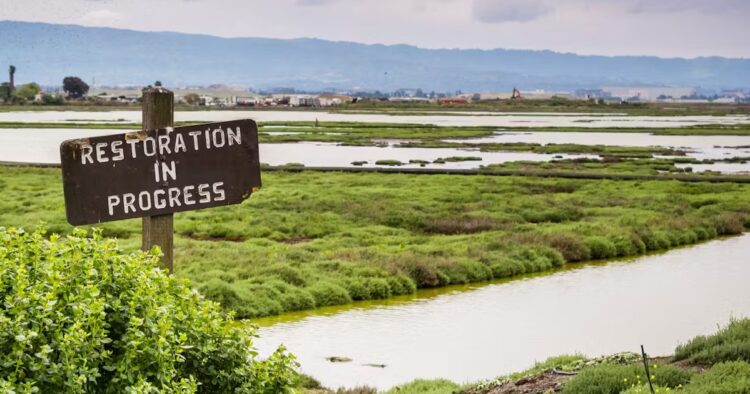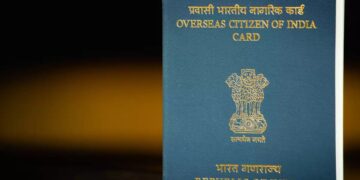In a rare opportunity, Sydney, Australia is poised to take bold steps to combat and even reverse biodiversity loss through ambitious law and policy reforms. At the heart of this effort lies the rewriting of national environmental laws and the update of the overarching Strategy for Nature by the federal government. This renewed strategy aims to set goals for the restoration of degraded areas, presenting a once-in-a-generation chance to make a significant impact.
The impetus for these reforms stems from the Kunming-Montreal Global Biodiversity Framework, a United Nations treaty signed by nearly 200 countries in 2022. This treaty commits nations to addressing the global biodiversity crisis, with a key pledge to restore 30% of degraded land, water, coastal, and marine ecosystems by 2030.
However, interpreting this restoration target poses challenges at the domestic level. The language used in the framework leaves room for varying interpretations, potentially leading to vastly different approaches among countries. For instance, the definition of “degraded” ecosystems can vary, impacting the scope of restoration efforts.
Moreover, the phrase “effective restoration” is open to interpretation, raising questions about the standards and benchmarks for success. This ambiguity makes it difficult to compare progress between countries and may influence the strategies adopted by each nation.
Australia, as a signatory to the framework, faces the task of implementing these targets domestically. The nation must grapple with issues such as funding shortages and complex legal requirements, particularly in marine and coastal areas. Streamlining processes and securing adequate funding will be crucial to scaling up restoration efforts to meet the 30% target.
Non-governmental organizations (NGOs) like The Nature Conservancy and Bush Heritage Australia currently play a significant role in restoration efforts. However, government intervention and support are necessary to achieve the ambitious restoration goals set forth in the framework.
Australia has the opportunity to lead by example in biodiversity restoration. By interpreting the 30% restoration target broadly and ambitiously, the nation can pave the way for meaningful outcomes in biodiversity conservation. This approach would not only benefit Australia but also position the country as a global leader in restoration efforts.

















Comments